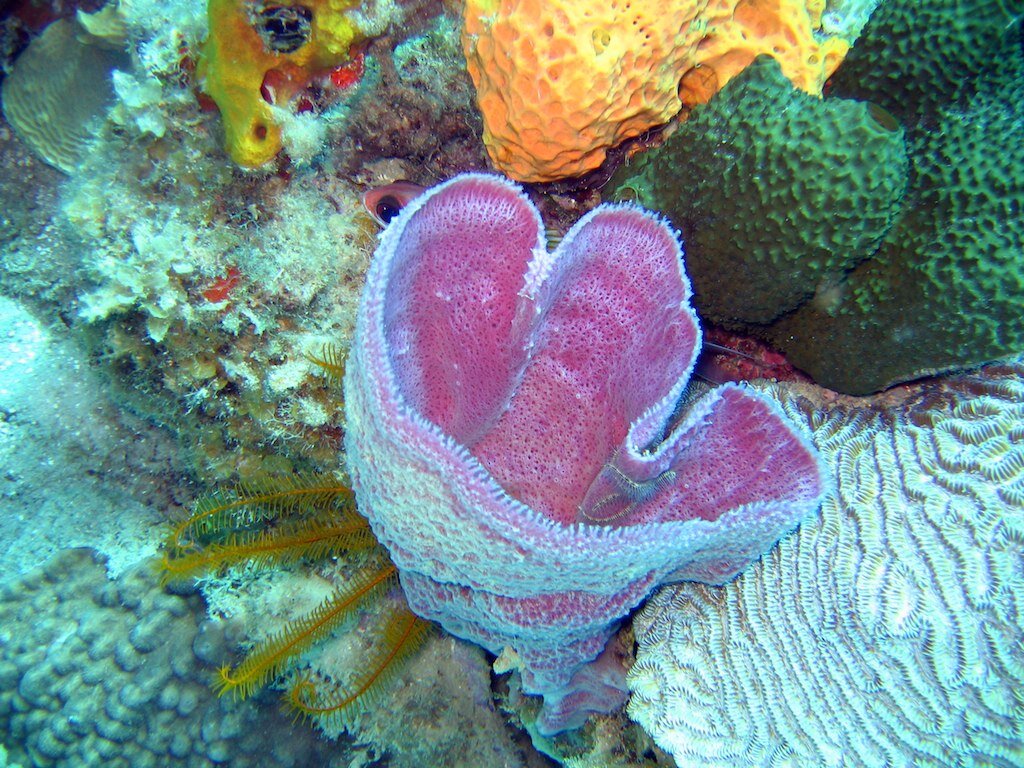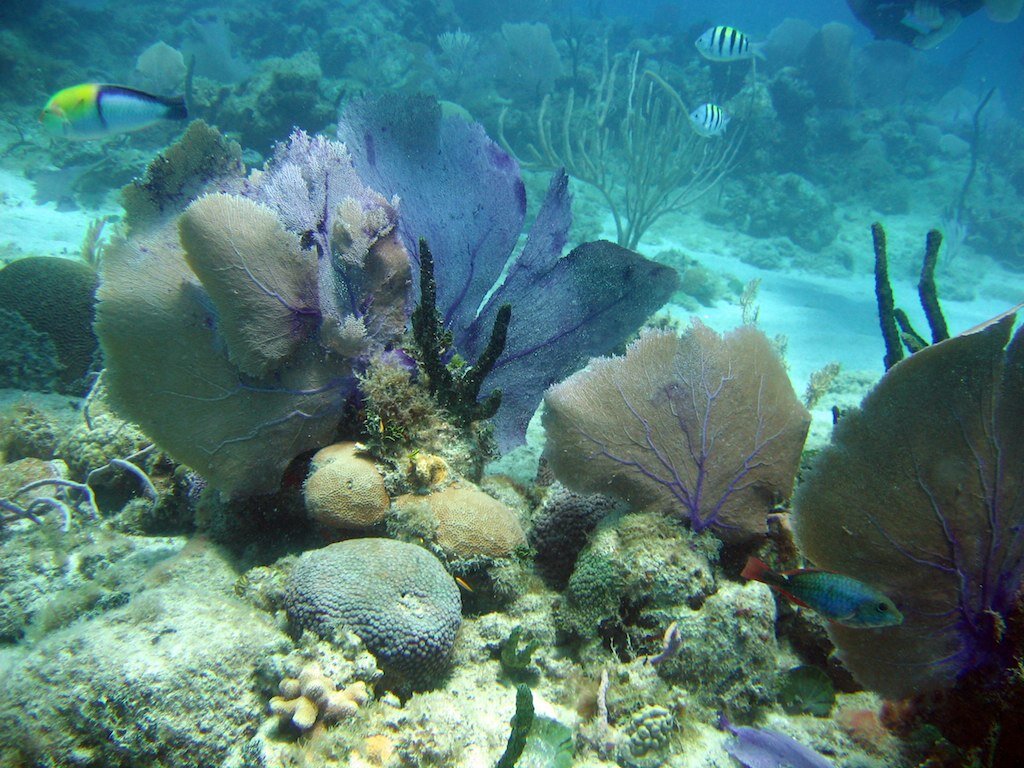CORAL REEFS
In this Article:
What is a Coral Reef
Types of Coral Reefs in Jamaica
Coral Reef Biodiversity
Benefits of Coral Reefs
Threats to Coral Reefs
What is a Coral Reef
A Coral Reef is formed when rocks under the sea are colonized by Coral Polyps.
Coral Polyps are animals and individual organisms are generally less than half an inch in diameter. A polyp’s mouth is surrounded by tentacles with stinging cells called Nematocysts that the coral polyp uses to capture food and to defend itself.
Coral Polyps by Brent Deuel
2. Types of Coral Reefs in Jamaica
Jamaica is surrounded by coral reef along its coastline and even more surrounding its offshore island groups such as Morant Cay, Pedro Bank and Lime Cay.
Fringing reefs and barrier reefs are the some of the coral reef structures that can be found surrounding Jamaica’s coasts.
Fringing reefs are found closer to the shore in shallow water. These reefs are often attached to land but some are separated by a shallow water lagoon. Fringing reefs can be found across the island’s North Coast.
Barrier Reefs another formation of Coral Reefs are separated from land by deep waters and can be found around our offshore islands such as Pedro Bank.
3. Coral Reef Biodiversity
Coral reefs are a hiding place and feeding ground for several species of fish, crustaceans, sea turtles, sponges, sea urchins and many other marine organisms.
These organisms all play a role in maintaining the health and balance of the coral reef. Some fish eat seaweed in turn preventing the seaweed from smothering the coral while some crabs that live in the coral reef defend the reef from coral predators.
4. Benefits of Coral Reefs
Apart from providing food and shelter for other organisms and food for human consumption.
Coral Reefs also act as a natural buffer for storms and coastal erosion by reducing the intensity of waves reaching the shore.
5. Threats to Coral Reefs
Coral reefs are severely threatened by a lot of natural and human induced factors.
Natural threats to coral reefs include hurricanes, diseases and predators. Coral diseases are often due to bacteria, virus, fungi, pollution and changes in the sea temperatures.
Human induced threats include pollution, sedimentation, climate change and unsustainable fishing practices.












